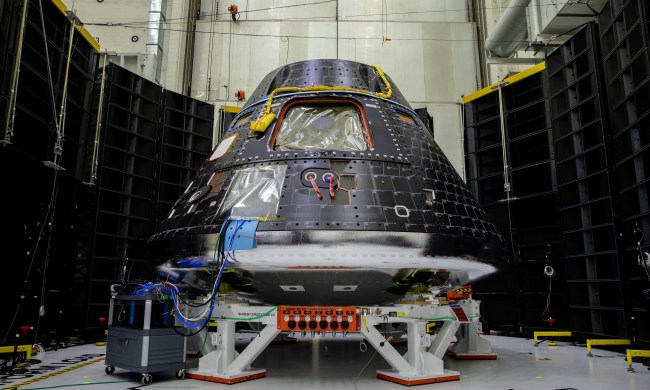
NASA has announced more of its plans for the Artemis mission, which aims to take humans back to the moon. The astronauts will be launched using the agency’s Space Launch System, the most powerful rocket it has ever developed, with the astronauts traveling in an Orion spacecraft.
But once they have traveled from Earth and arrived at the moon, a journey which will take several days, they will need a way to get from orbit to the moon’s surface. That’s where NASA is contracting out its requirements to industry. It has selected SpaceX to develop the lander to take humans to the surface, called the human landing system (HLS), in a contract worth $2.89 billion.
“With this award, NASA and our partners will complete the first crewed demonstration mission to the surface of the Moon in the 21st century as the agency takes a step forward for women’s equality and long-term deep space exploration,” said Kathy Lueders, NASA’s associate administrator for Human Explorations and Operations Mission Directorate, in a statement. “This critical step puts humanity on a path to sustainable lunar exploration and keeps our eyes on missions farther into the solar system, including Mars.”
There are some details about what the SpaceX HLS will involve, including the fact it will use SpaceX Raptor engines, similar to those used in the company’s Falcon 9 rockets. It will have a cabin for the crew, with two airlocks so the astronauts can access the lunar surface.
“This is an exciting time for NASA and especially the Artemis team,” said Lisa Watson-Morgan, program manager for HLS at NASA’s Marshall Space Flight Center in Huntsville, Alabama. “During the Apollo program, we proved that it is possible to do the seemingly impossible: Land humans on the moon. By taking a collaborative approach in working with industry while leveraging NASA’s proven technical expertise and capabilities, we will return American astronauts to the moon’s surface once again, this time to explore new areas for longer periods of time.”



